«This is where you can already use the peak... also bring the spoon», says archaeologist Fábio Capela to the young volunteer Diogo Petreques. «You carefully pull the stones until you find the face. You just can't remove the stones that are in a horizontal and vertical position, because it could be the face », he explains, leaning over an area that, to the eyes of a layman, looks more like a simple heap of stones, with no connection.
But the trained eyes of Fábio Capela, the archaeologist at the Câmara de Monchique and coordinator of the works, are able to distinguish much more. «Possibly, we will have the 9th tower here, that's what we are excavating», he said. to the report of Sul Informação.
The tower he is referring to would be leaning against the wall of the fortified structure, built during the Islamic-Umayyad occupation, from the 3th to XNUMXth centuries AD It is here that, until September XNUMXrd, another campaign of archaeological excavations is taking place, within the scope of of the project “From recent Prehistory to the Islamic Medieval: ancient human occupations in Cerro do Castelo de Alferce”, this year concentrated in the north entrance of the upper fortified enclosure and in an area of the wall.
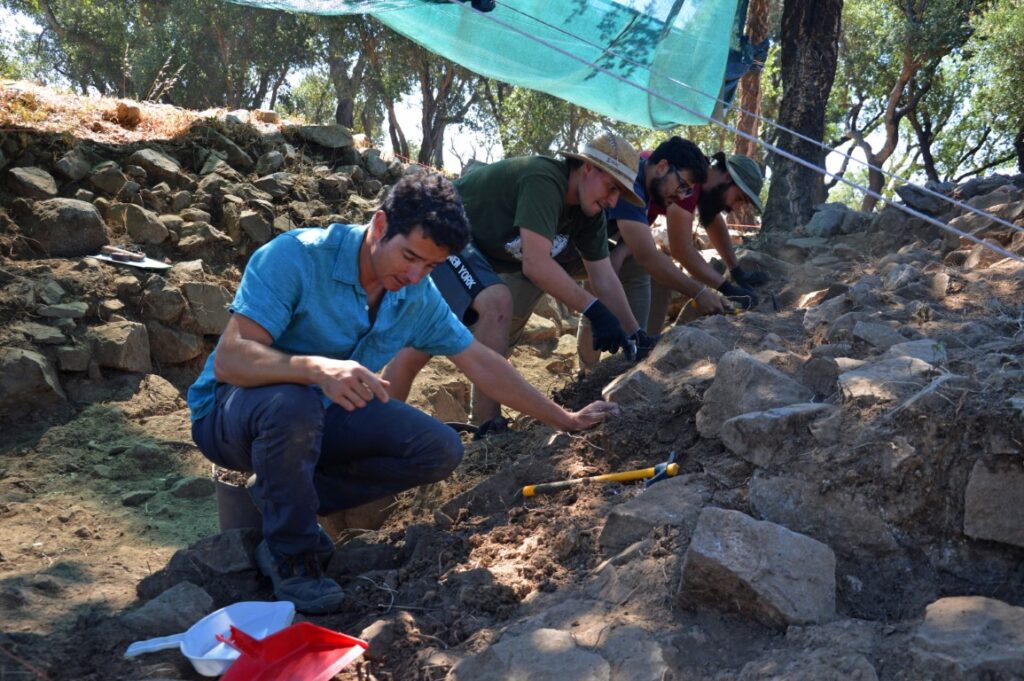
From the ongoing works in the fortress (the central area, a sort of last stronghold of the castle), two innovations have already resulted, one in each area of the excavations: at the north entrance, it was discovered that it narrowed, going from 2,8 meters at the beginning , to just 80 centimeters in the innermost part.
This «strangulation», revealed Fábio Capela, meant that only «one person on horseback could enter the enclosure». Basically, it was more of a defense strategy.
“If all goes well, by the end of August everything will be clean and the entrance will be open for the first time in many centuries”, added the municipal archaeologist.
The other novelty was the discovery, at the base of the wall, of an oyster shell embedded in the wall, as if it were construction material.
Humberto Veríssimo, PhD student in Zooarchaeology at the University of Algarve, co-coordinator of this archaeological excavation campaign, explained that it is an oyster of a common species in the Algarve, the ostrea edulis.
So why are archaeologists so excited about the discovery of the oyster? Its shell «will allow us to make the most exact dating of this wall», revealed Humberto. Due to the constructive type, it is assumed that this is the most recent wall, from the Umayyad period, from the second half of the XNUMXth century, just over a thousand years ago. But radio-carbon dating of the oyster found near the foundations of the wall will confirm this (or not).
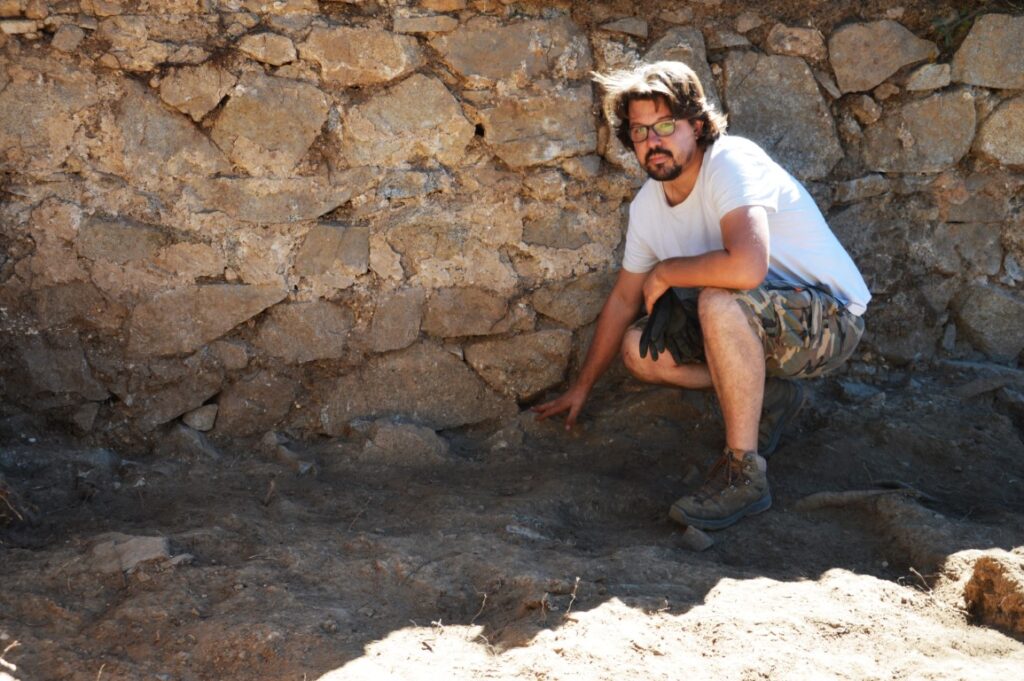
Last year, he recalled, in an area of ancestral dump, between this innermost enclosure and an outer wall, a «deposit of osteological remains» was discovered, that is, bones, goat, sheep, poultry (chicken), rabbit or hare, cattle, as well as clam shells and bones of fish, proving that, despite being located at the top of the mountain, this castle had connections with the sea, which can be seen down there, to the south.
Humberto Veríssimo, who continues patiently, with a trowel, cleaning the earth in an area between the two upper walls, talks about each fragment of bone with the enthusiasm of someone who is doing his doctorate precisely in zooarchaeology. “Last year, we found more sheep bones than goat bones, which, for a mountain context, is strange”, he comments. "Let's see if we get more responses this year," he adds.
The Cerro do Castelo de Alferce is a fortified village that occupies a rocky elevation with a maximum altitude of 487 meters, in the Monchique mountains. The archaeological site is composed of three non-concentric walled enclosures, and the one commonly called Castelo de Alferce corresponds to the upper fortified enclosure, where the investigations are taking place.
The fortification consisted of three orders of walls: an upper fort of the type castle (alcácer), a ring of walls about 36 meters from the fort and a third fence surrounding the entire hill, with about 9 hectares of area within the walls.
This summer, during the two months of work, with a team that varies between five and twelve people (including volunteers), there will be a third area of intervention, on the hill of Castelo de Alferce: the prehistoric platform, where there are remains archaeological remains from recent phases of Prehistory, namely the Chalcolithic and Bronze Age, periods that took place in the 5rd and 4nd millennia BC, that is, between XNUMX thousand and XNUMX thousand years ago.
It was on this platform that, in 2019, within the scope of the same project, a geophysical survey, by the team from the University of Marburg, in Germany, coordinated by archaeologist Felix Teichner.
«This year, in an area of 8 meters by 2 meters, where anomalies detected by this survey appeared, we are going to carry out an archaeological survey, to verify if there are any buried structures», as the ones that the geophysical survey seemed to indicate. In practice, the archaeologists will excavate a rectangle of land, to see if they can find, under layers of earth and stones, traces of circular structures, perhaps the base of prehistoric huts, that such survey indicated.
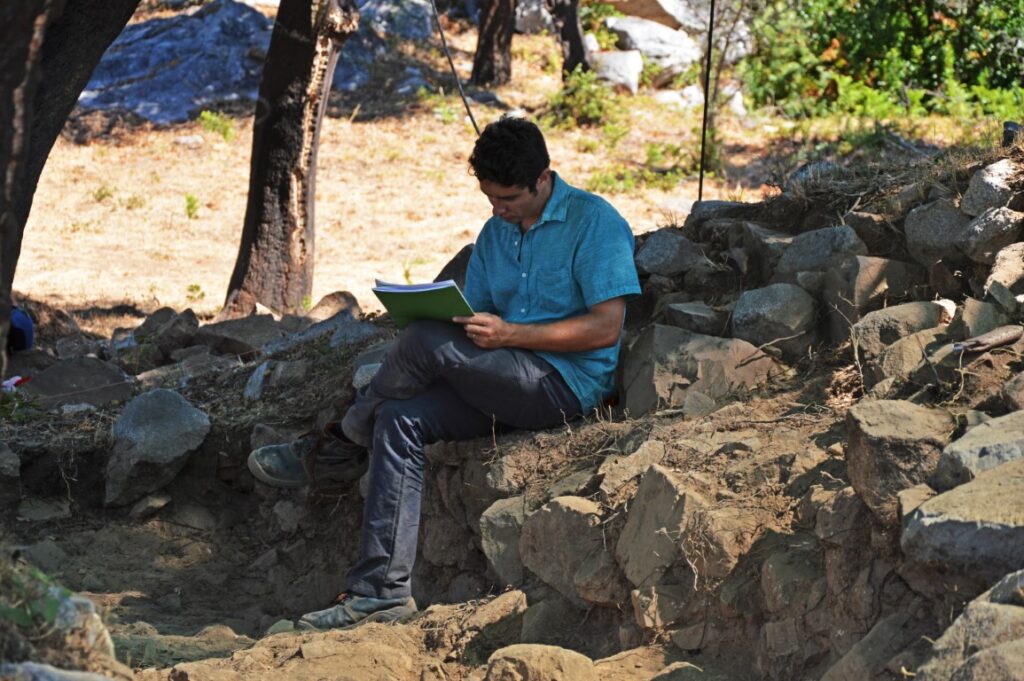
However, everything needs to be recorded and measured accurately, using drawing, photography and topographical survey. that was exactly what André Serra (volunteer) and Fábio Jaulino (master's student in Archeology) did, on the morning the Sul Informação visited the site.
Towards the end of this month of August, «when there is more to show» (namely the northern entrance to the fortress), the archeology team will promote an open day, so that residents of the surrounding area and other interested people can come and see what the researchers there have been doing.
It may also be that, at that time, it is already known the date set for the deed of purchase, by the Municipality of Monchique, of the land where a large part of the archaeological site is located. O purchase and sale contract has already been signed, as the Sul Informação exclusively revealed. But, because it is a site classified as Public Interest, there are a series of additional bureaucracies to be respected, which can delay the deed.
The research project at Cerro do Castelo de Alferce is promoted by the Municipality of Monchique, in partnership with the University of Algarve, the University of Évora and the Mértola Archaeological Site, also counting on the support of several entities, namely the Parish Council of Alferce.
Photos: Elisabete Rodrigues | Sul Informação
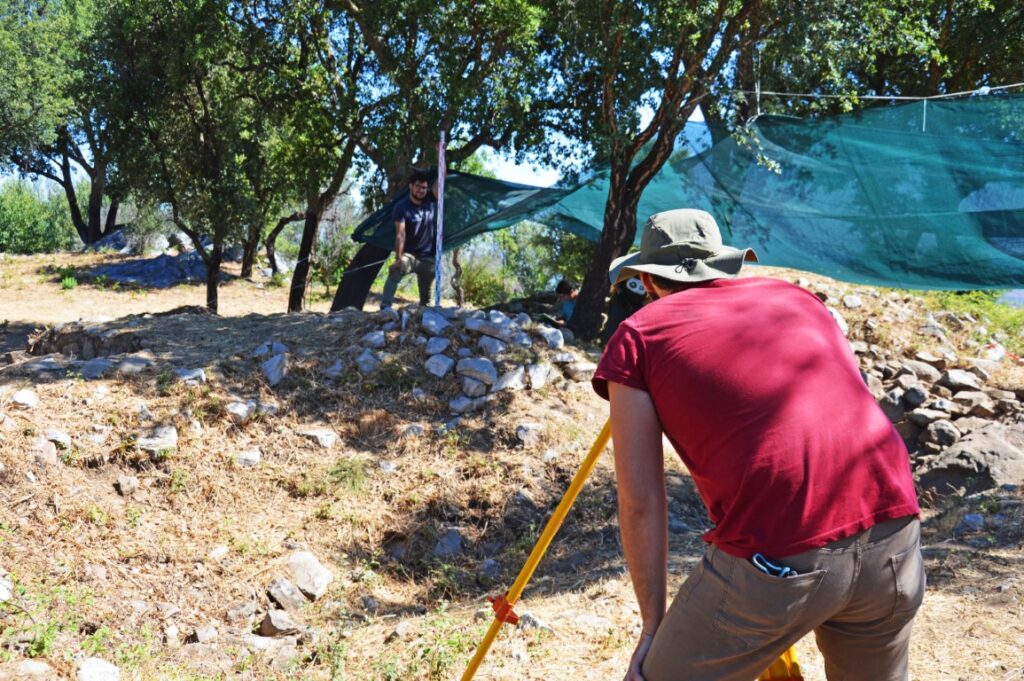
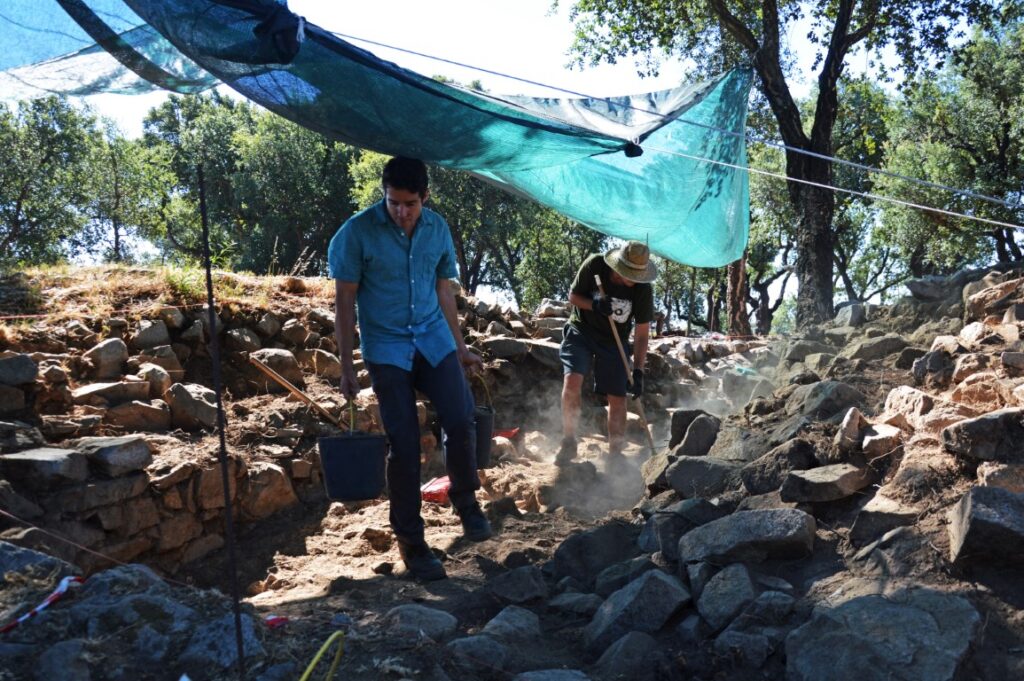
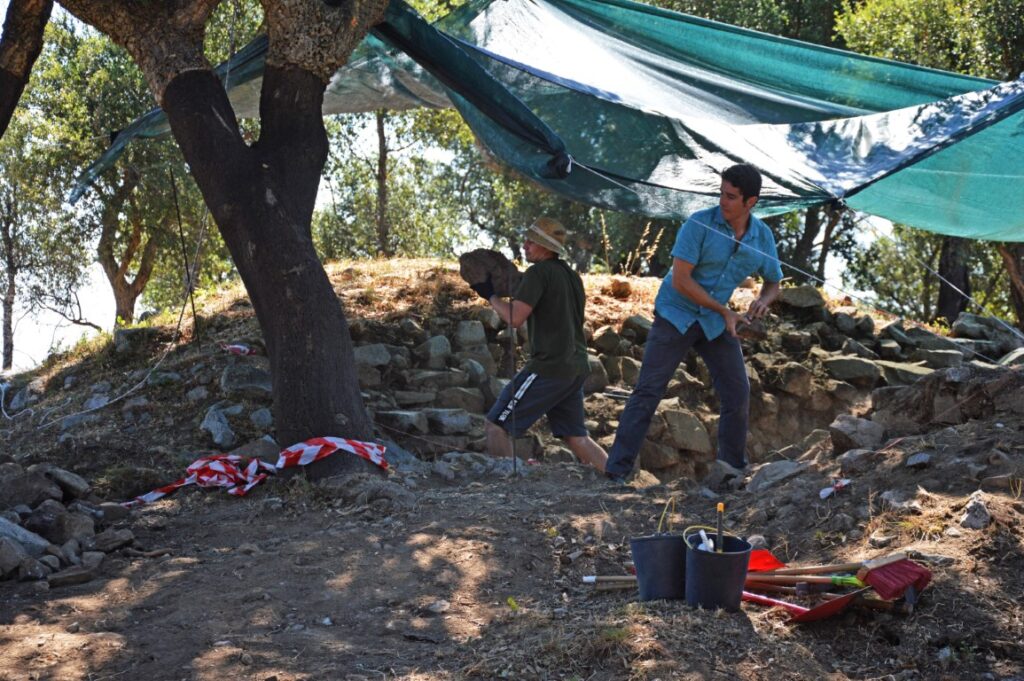
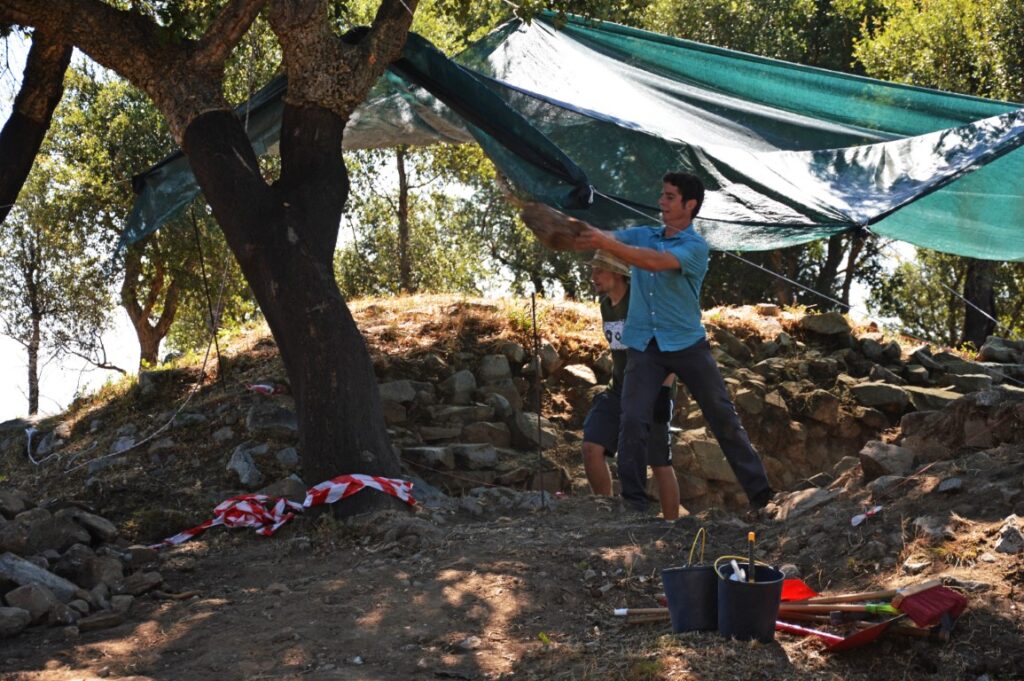
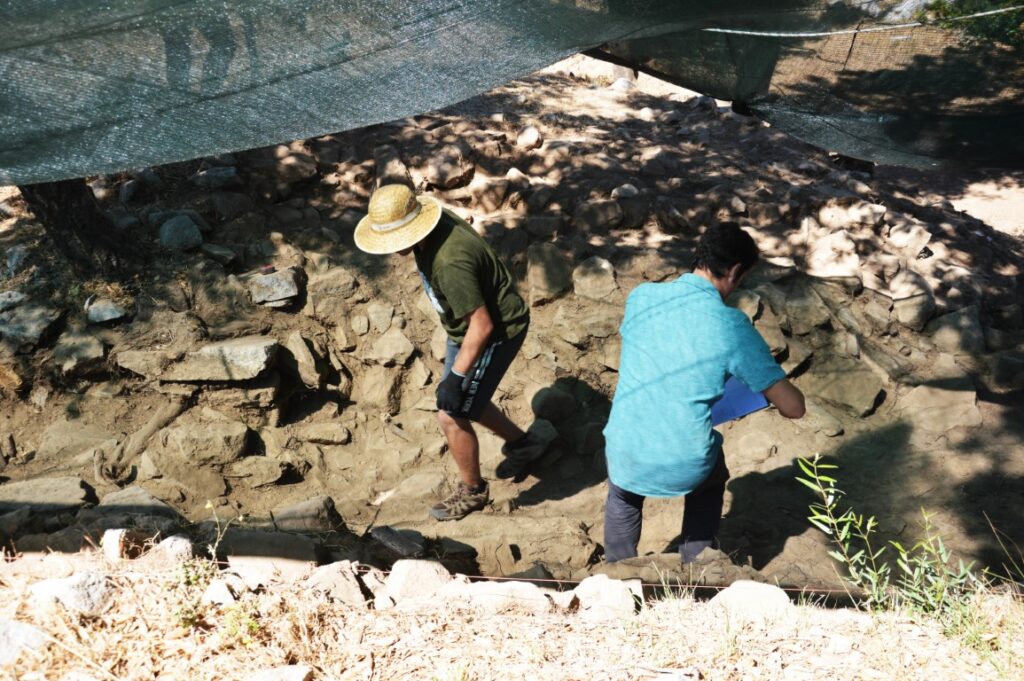
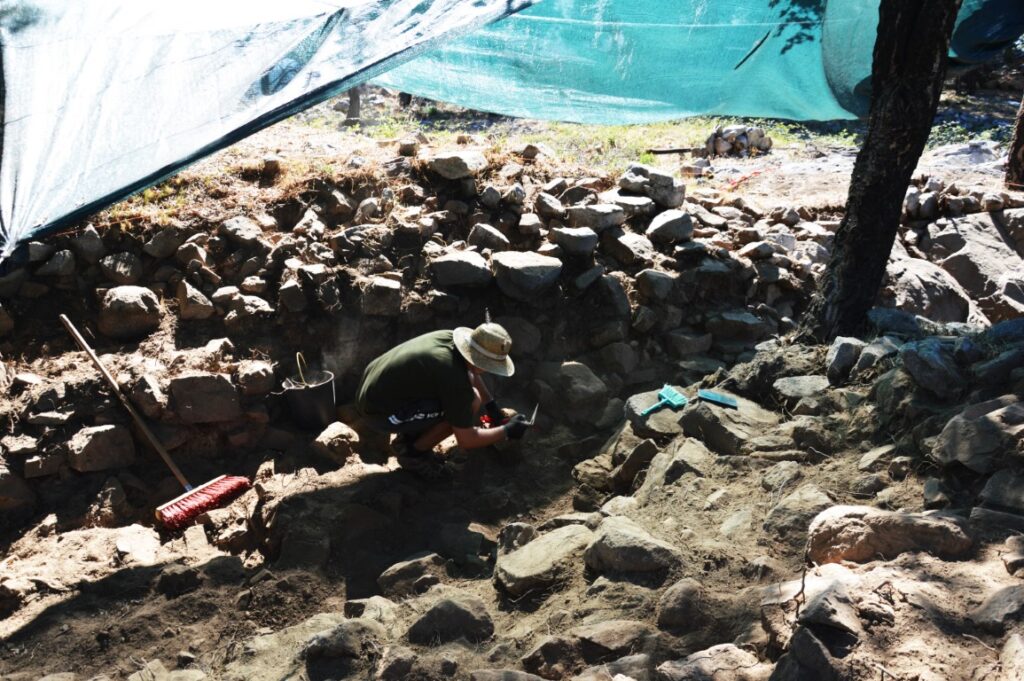
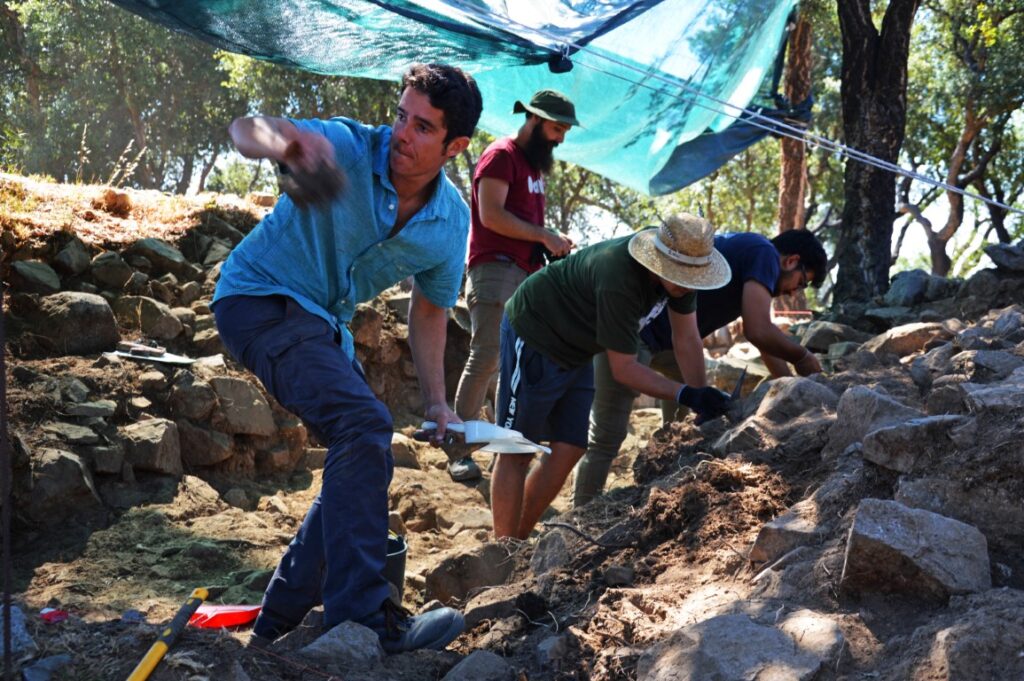
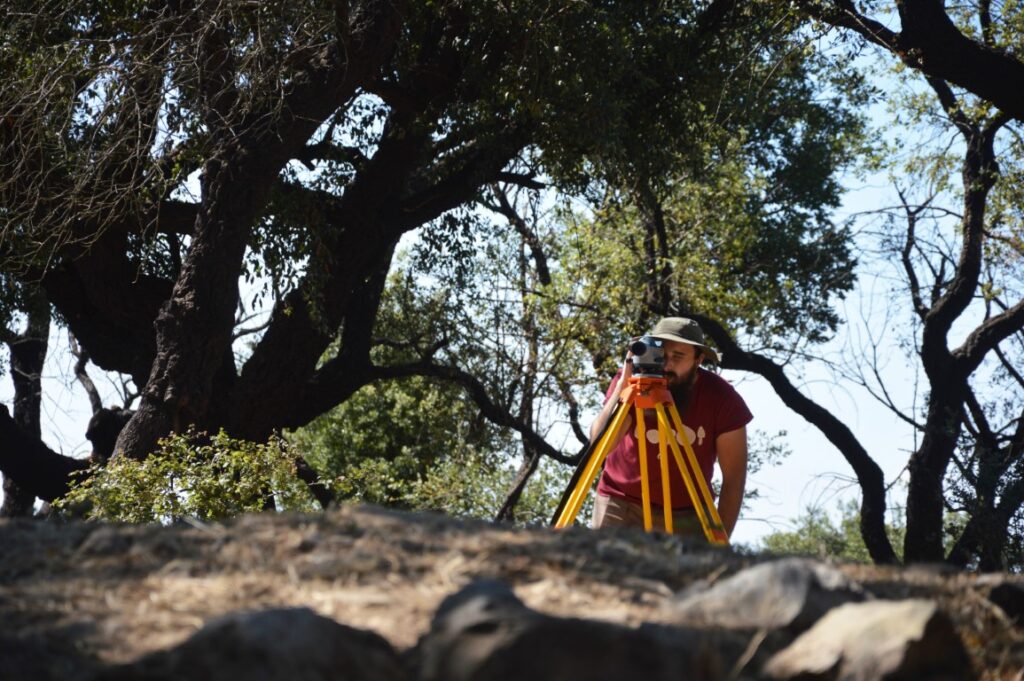
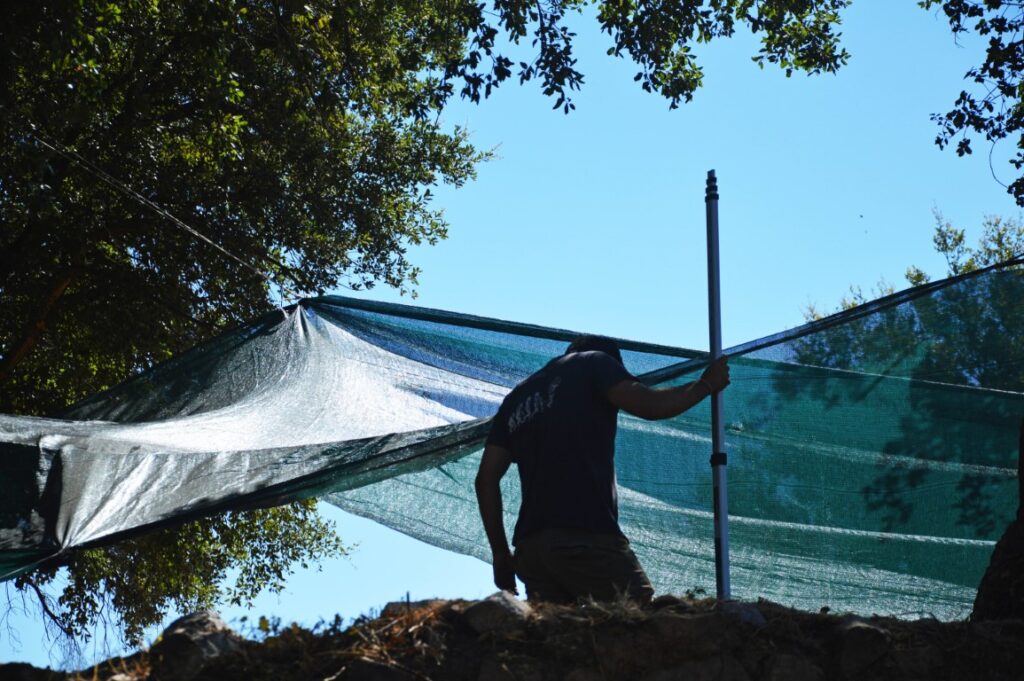
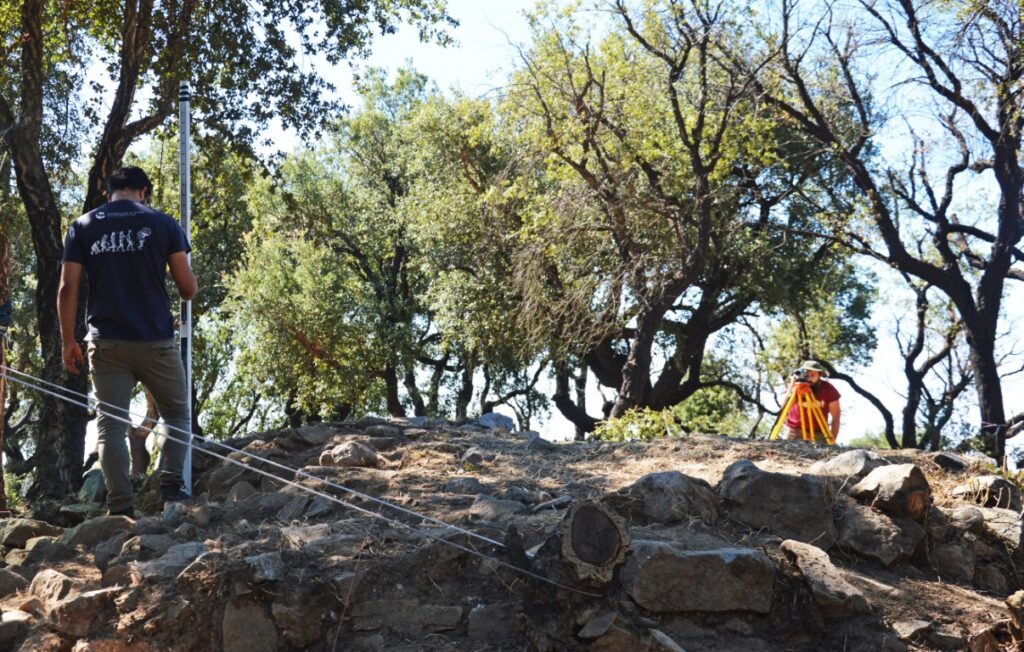
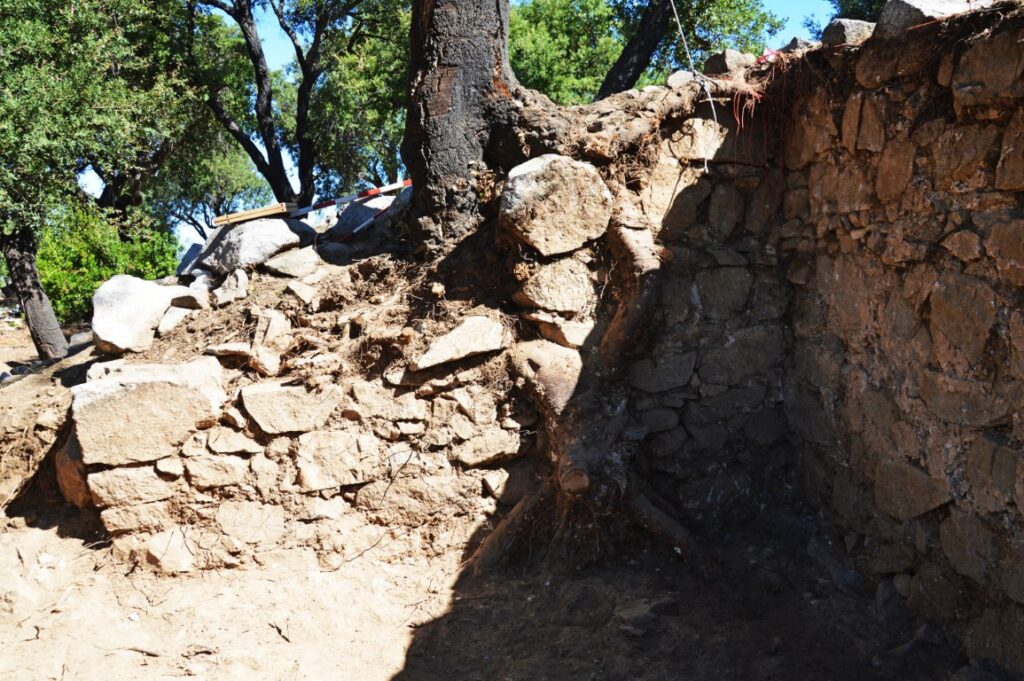
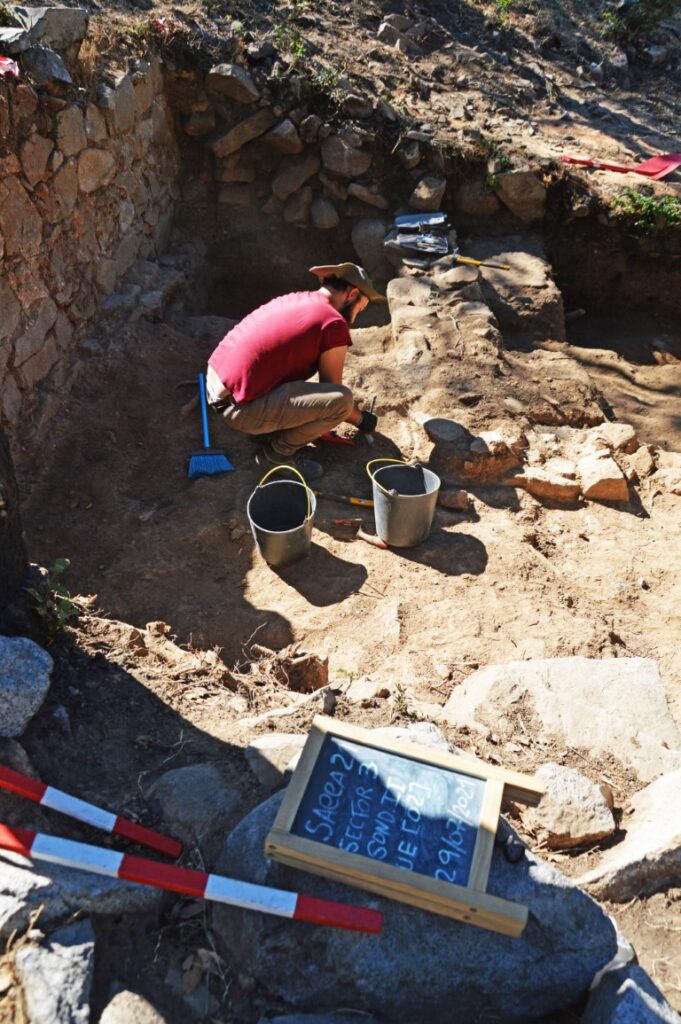
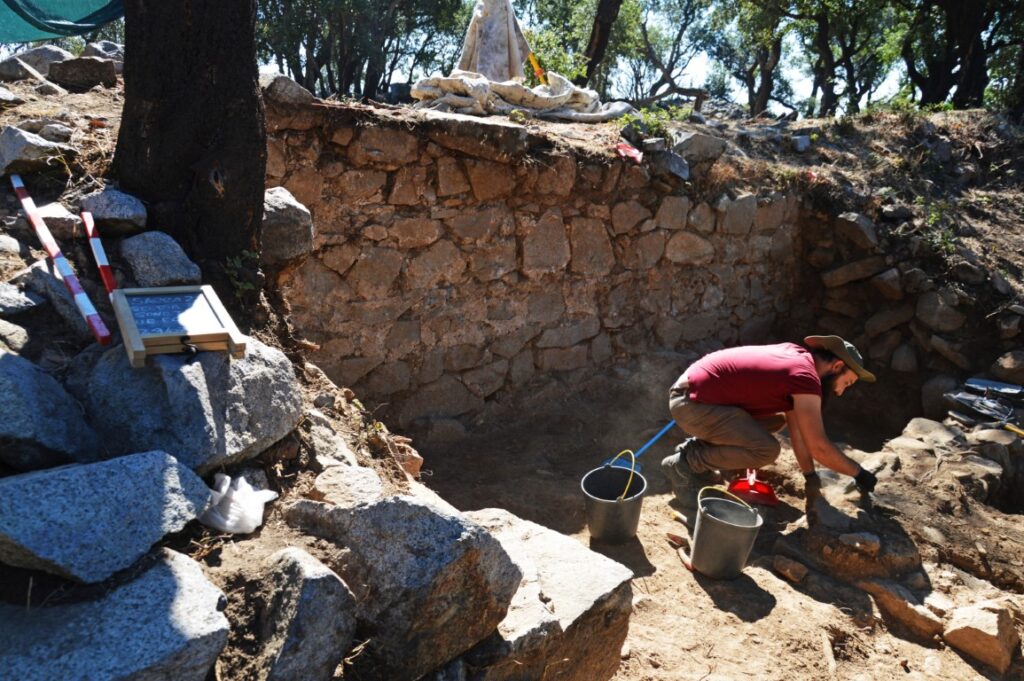
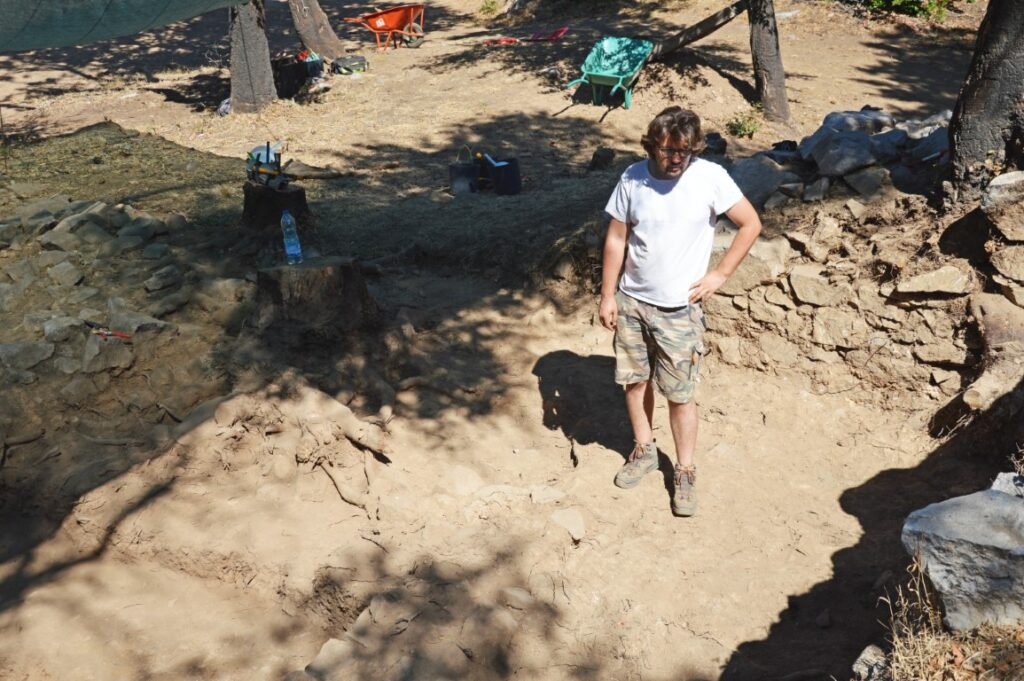
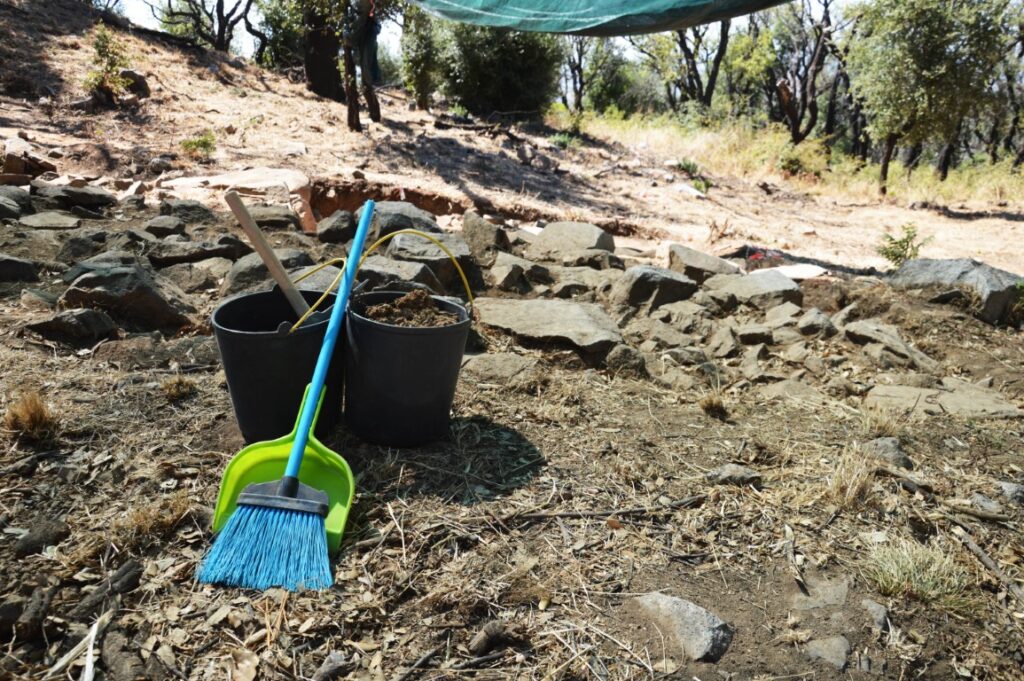



















Comments